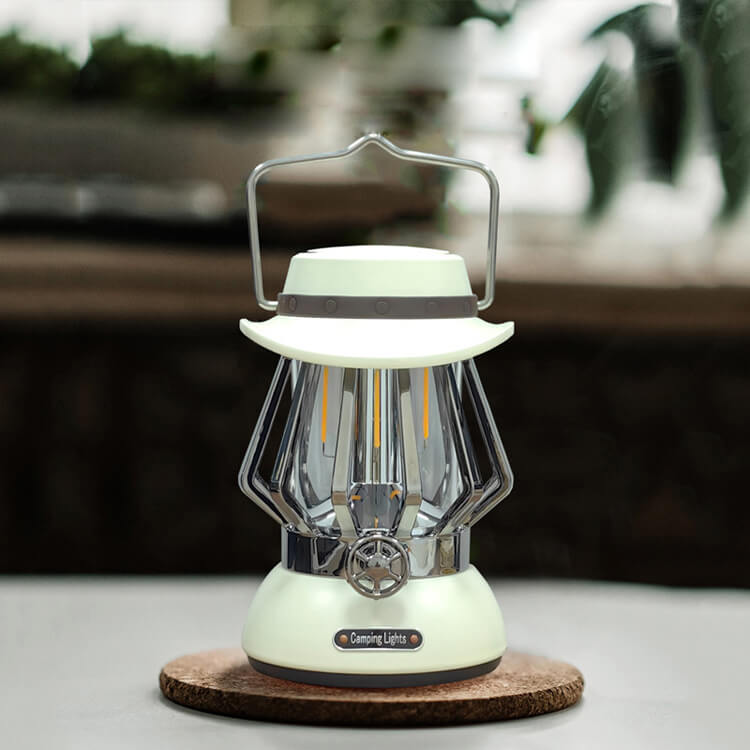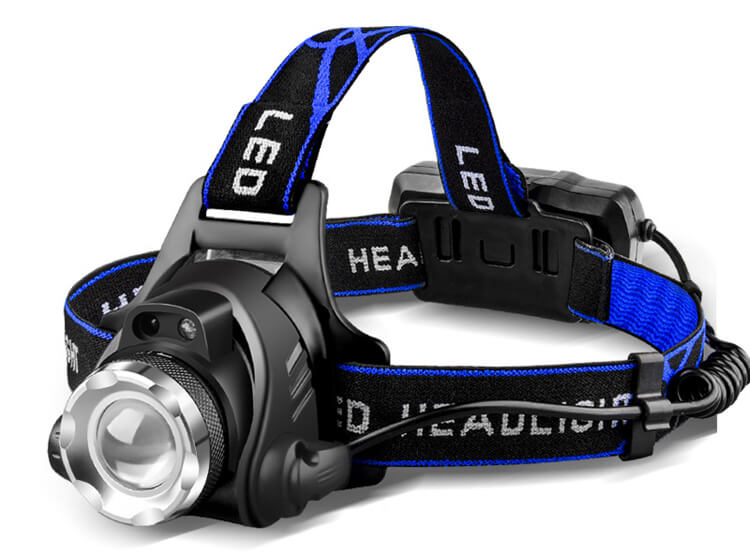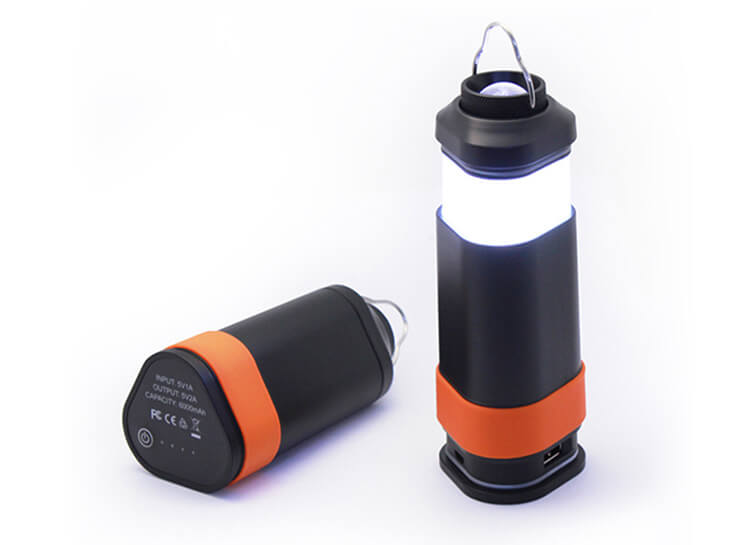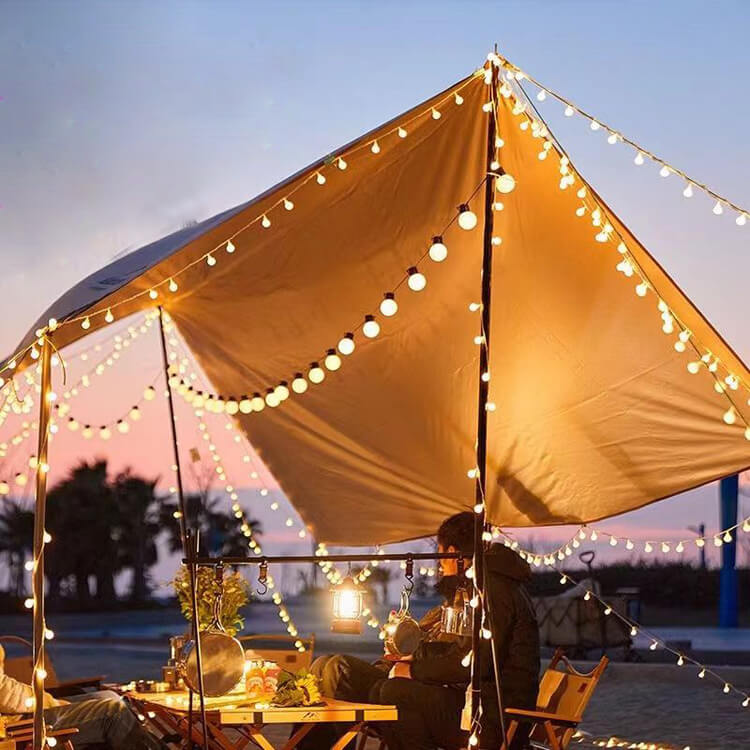Introduction: Welcome to our ultimate guide on camping lights! Whether you’re a seasoned outdoor enthusiast or planning your first camping trip, having the right lighting equipment is crucial for a safe and enjoyable experience. In this blog post, we will explore the world of camping lights, discuss different types, highlight key features, and provide valuable tips to help you choose the perfect camping light that meets your needs.
The Importance of Camping Lights: Camping lights are more than just a source of illumination; they create a cozy and functional ambiance in your campsite. They enable you to navigate safely at night, set up camp, cook meals, and enjoy activities even after sunset. Discuss the significance of proper lighting for different camping scenarios, such as hiking, backpacking, family camping, or RV camping.
Types of Camping Lights:
a) Lanterns:
 Explore various lantern options, including traditional fuel-powered lanterns, LED lanterns, and solar-powered lanterns. Discuss their advantages, such as brightness, battery life, and ease of use.
Explore various lantern options, including traditional fuel-powered lanterns, LED lanterns, and solar-powered lanterns. Discuss their advantages, such as brightness, battery life, and ease of use.
b) Headlamps:
 Dive into the world of headlamps and their versatility. Explain their benefits for hands-free lighting during activities like hiking, fishing, or cooking. Discuss important factors such as beam distance, battery life, and adjustable settings.
Dive into the world of headlamps and their versatility. Explain their benefits for hands-free lighting during activities like hiking, fishing, or cooking. Discuss important factors such as beam distance, battery life, and adjustable settings.
c) Portable LED Lights:
 Shed light on compact and portable LED lights, which are excellent for backpacking and minimalist camping. Highlight their lightweight design, different mounting options, and power sources.
Shed light on compact and portable LED lights, which are excellent for backpacking and minimalist camping. Highlight their lightweight design, different mounting options, and power sources.
d) String Lights and Decorative Lighting:
 Discuss how string lights and decorative lighting can add a festive and cozy touch to your campsite. Emphasize their low power consumption, weather resistance, and ability to create a warm and inviting atmosphere.
Discuss how string lights and decorative lighting can add a festive and cozy touch to your campsite. Emphasize their low power consumption, weather resistance, and ability to create a warm and inviting atmosphere.
Key Features and Considerations:
a) Brightness Levels: Explain the importance of adjustable brightness settings in camping lights to cater to different lighting needs and conserve battery life.
b) Battery Life and Power Sources: Discuss the significance of longer battery life and explore different power sources such as disposable batteries, rechargeable batteries, and solar panels.
c) Durability and Weather Resistance: Emphasize the importance of rugged construction and weather resistance in camping lights, as they will face various outdoor elements.
d) Portability and Size: Discuss the significance of lightweight and compact camping lights, especially for backpacking and trekking adventures.
Tips for Choosing the Right Camping Light:
a) Assess Your Needs: Help readers identify their specific camping requirements and determine which types of camping lights would best fulfill those needs.
b) Read Customer Reviews: Encourage readers to explore reliable customer reviews to gain insights into the performance, durability, and overall satisfaction of different camping lights.
c) Consider Budget and Value: Discuss how to strike a balance between budget and quality when purchasing camping lights. Highlight the importance of investing in reliable and durable products.
d) Try Before You Buy: Suggest visiting local outdoor gear stores to get hands-on experience with different camping lights and understand their features and functionality.
Safety Considerations:
a) Fire Safety: Educate readers on the importance of fire safety when using camping lights, especially around flammable materials such as tents or dry foliage.
b) Responsible Outdoor Lighting: Promote responsible outdoor lighting practices to minimize light pollution and preserve the natural beauty of camping areas.
Conclusion: Choosing the right camping light is essential for a safe, enjoyable, and well-lit camping experience.
By understanding the different types, considering key features, and keeping safety in mind, you can make an informed decision when selecting your camping light. Remember, a well-chosen camping light will not only brighten your campsite but also create lasting memories of your outdoor adventures.
So, gear up, embrace the darkness, and let your camping light illuminate your way!
